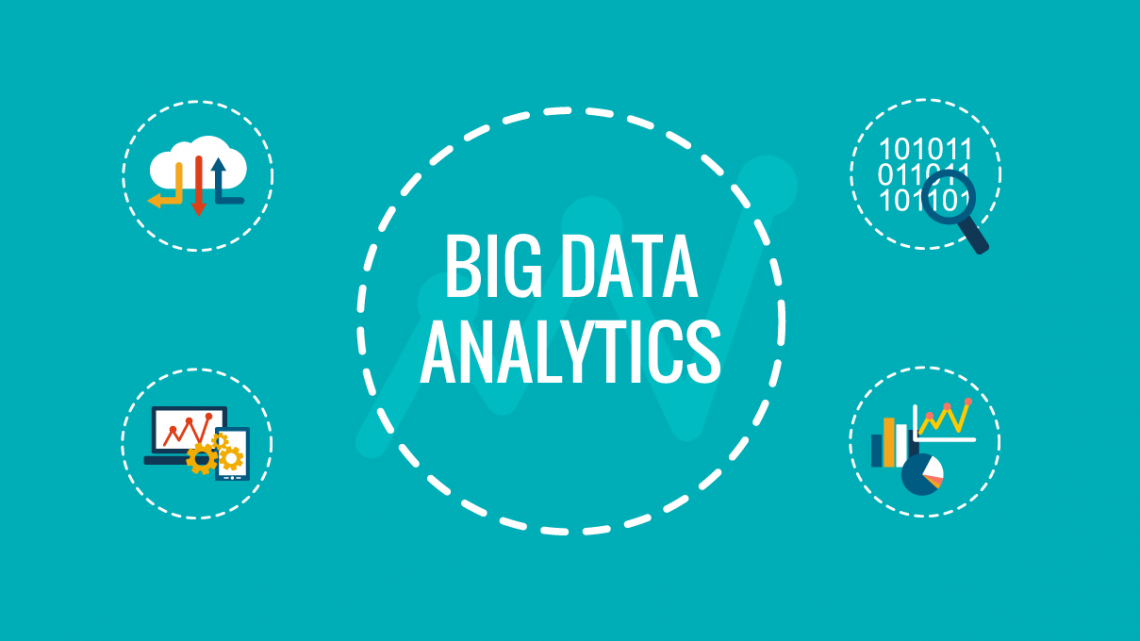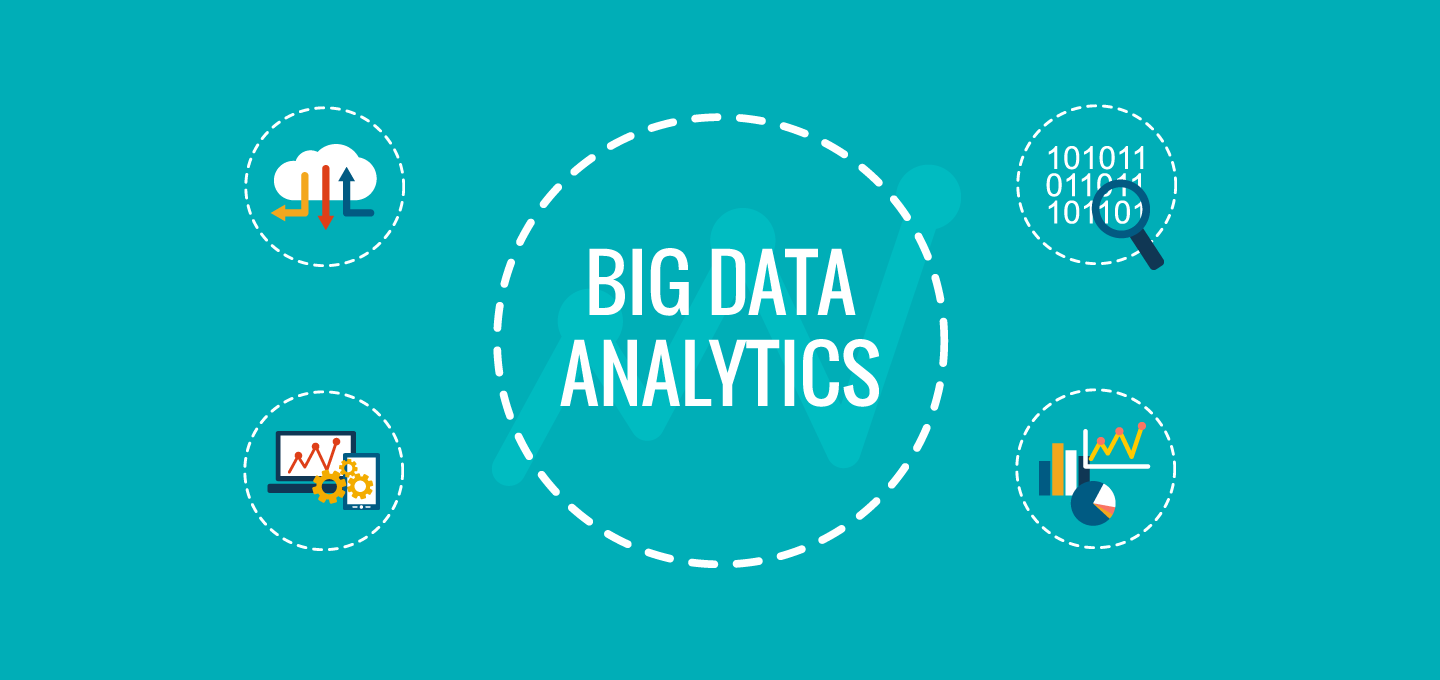
Big Data Analytics: Fast Track Your Answers from Diverse Data Sets Now

Big data in the new era! Does your organization have big data? It’s been years since we’ve heard the concept of big data. But it is now that these organizations understand the value of capturing all the data into their businesses, and that by applying analytics they will be able to gain unfathomable value from it.
Big data analytics have been used since the 1950s, even before anybody could utter the word big data. Earlier these organizations were making use of basic analytics (basically numbers) in spreadsheets that were further manually examined. Although it is only now that the usage of new-age technologies has come into existence.
In the present age, big data has made remarkable advancements that it has become easier for companies to stay agile and competitive in the big data world.
But what exactly is big data and analytics?
Big data is a term used for referring to a large volume of data, which can be both structured and unstructured. In most cases, big data is usually used to mean a humongous amount of data that when it moves, it may exceed its present capacity.
They generally can help customers or companies improve their operations and come up with great decision making. This data can be gathered from sources like mobile devices, emails, servers, social network account, or databases, and ever applications. Now when this data has been captured, formatted, stored, and further analyzed it can be proven beneficial for organizations in increasing revenues, improve operations or gain positive insights.
Is there any amount through which the volume of big data can be analyzed?
Most often, they’re referred by these three V’s: –
- Perhaps an extreme volume of the data
- Broader variety – data types
- And the velocity at which the data needs to be analyzed
Big data analytics
An advanced analytic technique used against a large volume of data that can vary in size (terabytes to zettabytes).
This process of examining the sets of data through different tools is done to unravel ongoing trends, unknown patterns, hidden correlations and other insights in pursuit of making decisive data-driven decisions.
Using analytics techniques, data analytics professionals will easily be able to answer multiple ranges of questions about your business’s problems. This process offers data and great analytic tools that aid in delivering insights to business needs. Further on, this may lead to deeper diagnostic questions of which you may have not thought about. Doing so will reveal deeper insights and the steps the businesses need to follow in order to improve business performances.
What are the big data technologies?
Data is evolving at a rapid pace today. One of the major reasons why the growth of big data has become one of the greatest challenges for human minds to extract, analyze, and deal with it.
- Data lakes
Data lakes, as the term sounds are large storage repositories which is capable to hold humongous raw data. This data will be stored in its purest form until it is needed to be used by another user. These are designed to ensure a large amount of data can be stored making it easier for the user to gain access to these data whenever required.
- Hadoop
Hadoop is an open-source framework that is used for developing data processing applications that can be executed in a distributed computing environment. These applications that are built on Hadoop are further run on large data sets that are distributed among large clusters of commodity computers. These computers are pretty cheap and are mainly used to achieve greater computational power at a lower cost.
- Apache Spark
The Apache Spark is a fast data processing engine. This is a built-in context of running real-time processing for data within Hadoop itself. Having the ability to be deployed in multiple ways, Spark now has become one of the major big data distributed frameworks.
- NoSQL databases
NoSQL databases is a non-relational database that offers retrieval of data quick storage, and are designed with great flexibility. This provides the capability to deal with all sorts of data that can be either structured, semi-structured or polymorphic data making it unique. Examples of NoSQL databases are graph stores, key-value stores, wide column stores, and document databases.
Skills to become big data analytics professional
Undoubtedly, big data is one of the most trending careers of the era as organizations grow a huge amount of data. The amount of data increase will not stop growing until the foreseeable future. As companies keep generating huge amounts of data, so will the requirement for data analytics professionals to increase.
Some of the must-have big data skills include key big data technologies like Hadoop, Apache Spark, analytics software, NoSQL databases, and in-memory databases.
The “Worldwide Big Data and Business Analytics Market” is forecasted to grow from USD 130.1 billion this 2019 to USD 203 billion in 2020, predicts IDC.
As said by Dan Vesset, Group Vice President of IDC’s Analytics and Information Management market research and advisory practice, “The availability of data, a new generation of technology, and a cultural shift toward data-driven decision making continue to drive demand for big data and analytics technology and services.”
